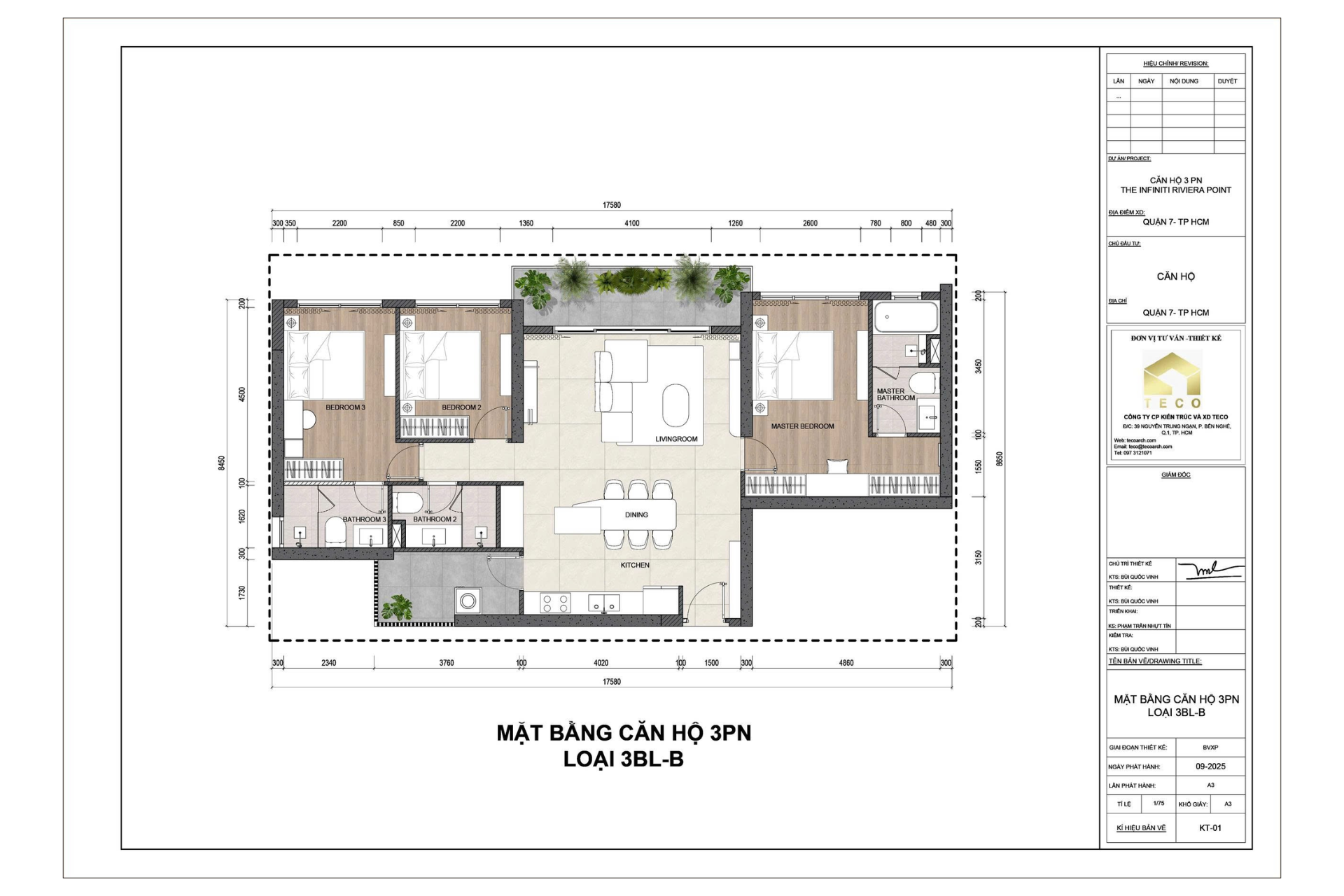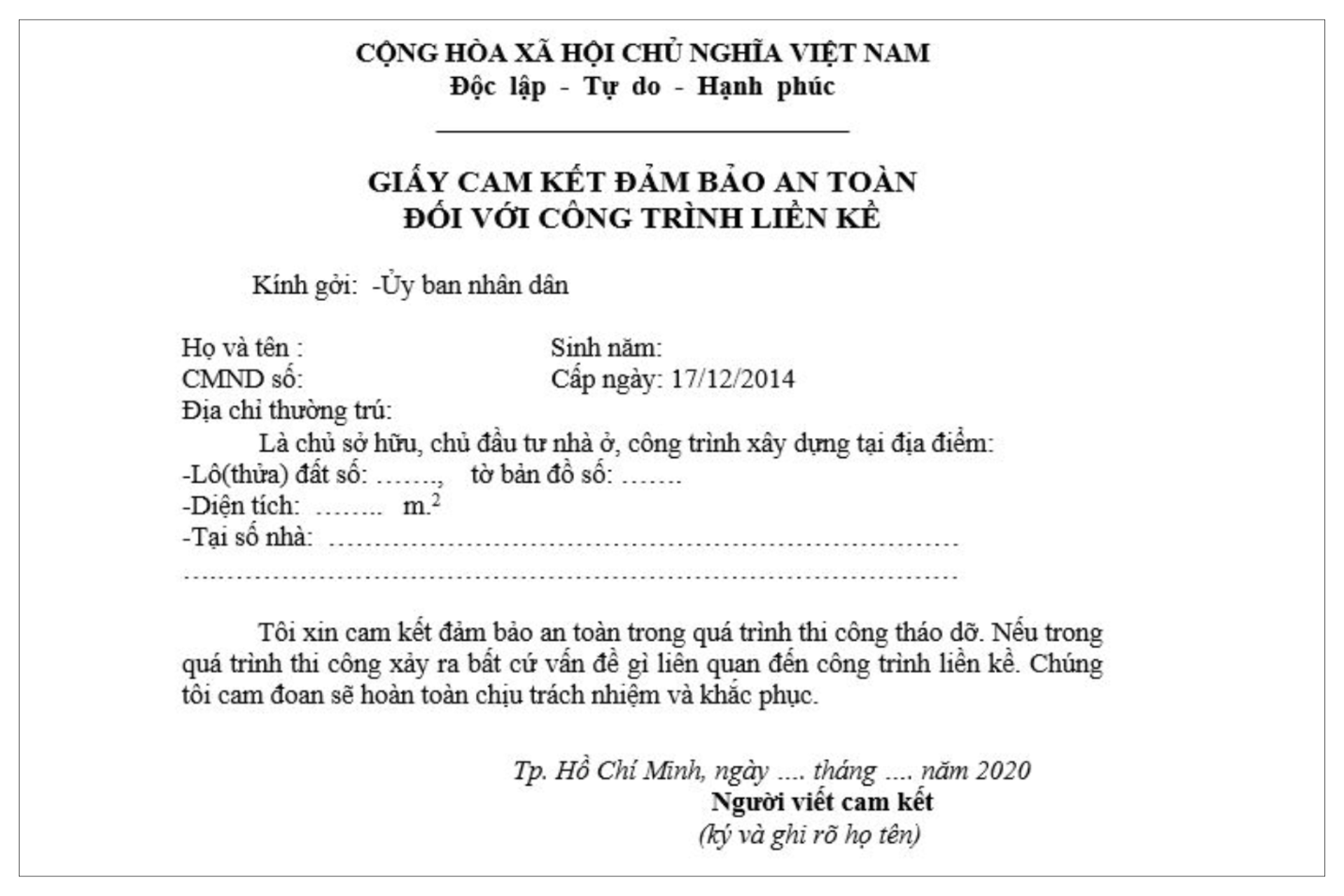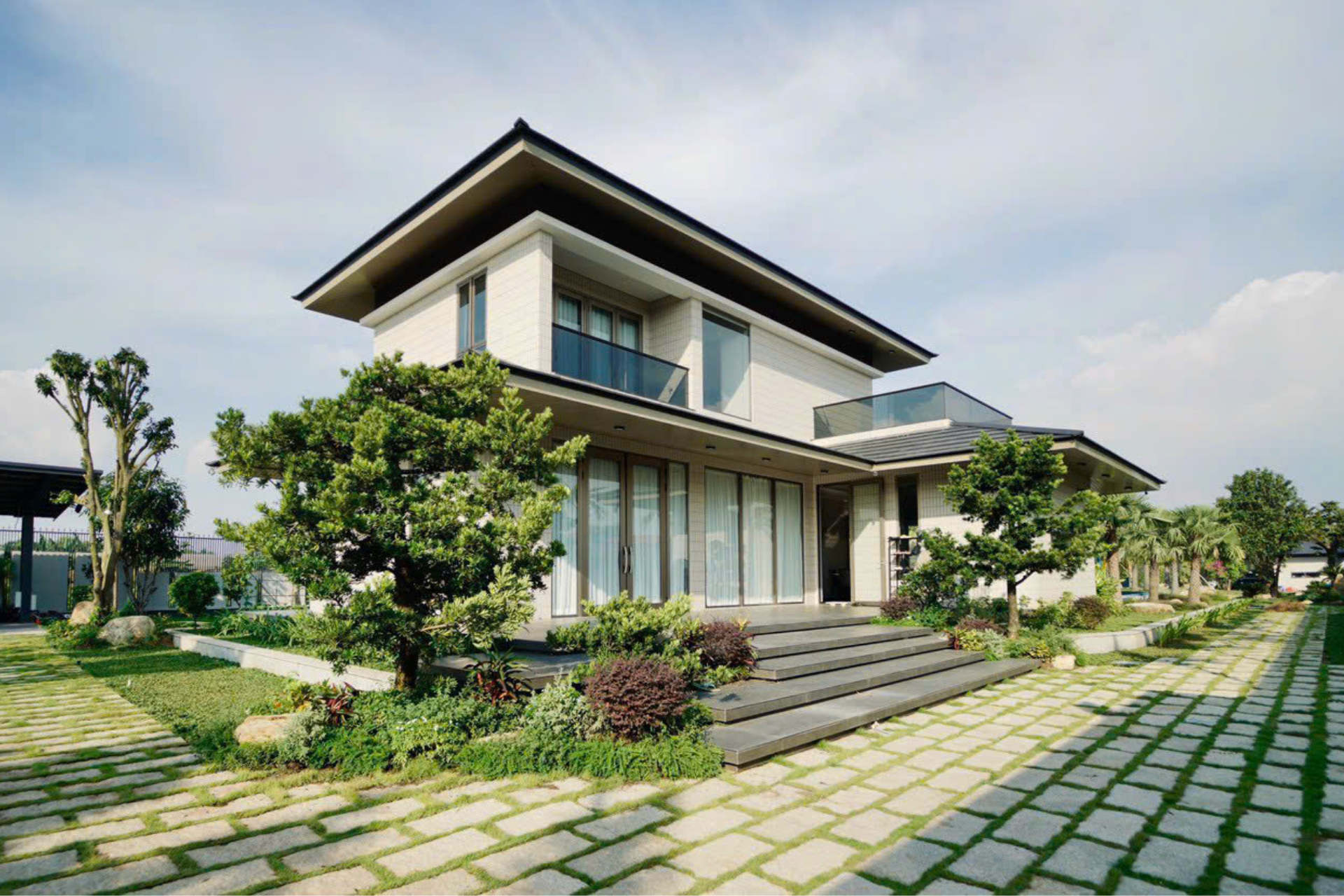
Important Notes on the Procedures for Obtaining a Building Permit for Residential Houses in Ho Chi Minh City
When starting a residential construction project, the first thing an investor should pay attention to is not just the design drawings or the construction contractor, but also the procedure for obtaining a building permit.
In Ho Chi Minh City — where population density and urban planning are complex — understanding the process, required documents, and permit timelines will help ensure smooth construction, avoiding violations and legal risks.
In the following article, let’s explore with TECO the detailed procedures for obtaining a building permit for residential houses in Ho Chi Minh City.
What Is a Building Permit?
A building permit is a legal document issued by a competent government authority, allowing an individual or organization to carry out construction activities for houses, works, or technical infrastructure in accordance with approved planning and design.
In other words, a building permit is the “legal ticket” that allows a project to be implemented lawfully.
Without it, the construction may be suspended, fined, or even required to be dismantled.
In Ho Chi Minh City, building permits are strictly managed to ensure:
-
Compliance of the project with urban planning regulations.
-
Structural safety, fire prevention, and environmental protection.
-
Urban aesthetics and the rights of surrounding households.
Therefore, before starting any construction, the investor must understand the regulations and prepare a complete application right from the start.
What is a building permit?
Why Do You Need a Building Permit for Townhouses?
In most wards of Ho Chi Minh City, all new construction, renovation, or additional floors require a valid building permit — except for a few special cases as stipulated by law.
Applying for a building permit for a townhouse offers many benefits:
-
Ensures legal compliance: Prevents administrative penalties, work suspension, or forced demolition.
-
Guarantees technical safety: The design drawings are reviewed and verified to meet safety and construction standards.
-
Protects the owner’s rights: The permit serves as a legal basis for completion certificates, ownership registration, and future transactions such as sales or mortgages.
-
Ensures conformity with local planning: Each area in Ho Chi Minh City has different red-line boundaries, construction density, and height limits. Building permits ensure your house doesn’t violate zoning plans.
In short, obtaining a building permit is not just an administrative formality — it is an essential step to protect the value and safety of your home.
 Reasons why a townhouse construction requires a building permit
Reasons why a townhouse construction requires a building permit
What Documents Are Required for a Building Permit Application?
A typical application for a residential building permit in Ho Chi Minh City includes:
-
Application form for a building permit (as prescribed by the licensing authority).
-
Documents proving land use rights: Land use right certificate (red book) or equivalent legal proof.
-
Copy of ID card or citizen ID, notarized.
-
Commitment of safety for adjacent buildings.
-
Construction design drawings, including:
-
Floor plans, sections, and elevations.
-
Water supply, drainage, electricity, and fire protection system drawings (if applicable).
-
Foundation and basement drawings (if applicable).
-
-
Professional license of the design consultancy unit.
-
Proof of ownership of existing structures (for renovation or repair works).
-
Other relevant agreements (if any), such as infrastructure connection approval or certification from the local People’s Committee.
 Floor plan drawing prepared by TECO
Floor plan drawing prepared by TECO
Procedure for Obtaining a Residential Building Permit
The building permit process in Ho Chi Minh City typically includes the following steps:
Step 1: Prepare the application
The investor prepares all required documents and submits them to the Urban Management Office of the local People’s Committee where the construction site is located.
Step 2: Submit, receive, and review the application
The receiving officer checks the validity of the documents.
If the application is complete, a receipt and result date will be issued.
If there are missing or incorrect documents, the investor will be instructed to correct or supplement them immediately.
Afterward, the authorities will review the application in accordance with regulations.
Applicants will be required to pay a processing fee, which varies depending on the area and project scale.
Step 3: Issuance of the building permit
Once the application is approved, the competent authority will officially issue the building permit to the investor.
Notes:
-
Processing time: Typically from 21 to 30 working days after receiving a valid application.
-
Validity of the permit: 12 months from the date of issue. If construction has not commenced after this period, the investor must apply for an extension.
Conclusion
Obtaining a building permit in Ho Chi Minh City is an essential step to ensure your project is legal, safe, and compliant with planning regulations.
Preparing a complete application and understanding the process and timelines will save you time and prevent unnecessary issues during construction.
If you are planning to build a home, let TECO accompany you.
With years of experience in design and construction, and a thorough understanding of local legal procedures, TECO provides comprehensive support — from permit application to project completion.
TECO is committed to dedicated service, streamlined procedures, and all-in-one solutions.
Contact TECO today for expert consultation to bring your dream home to life.
